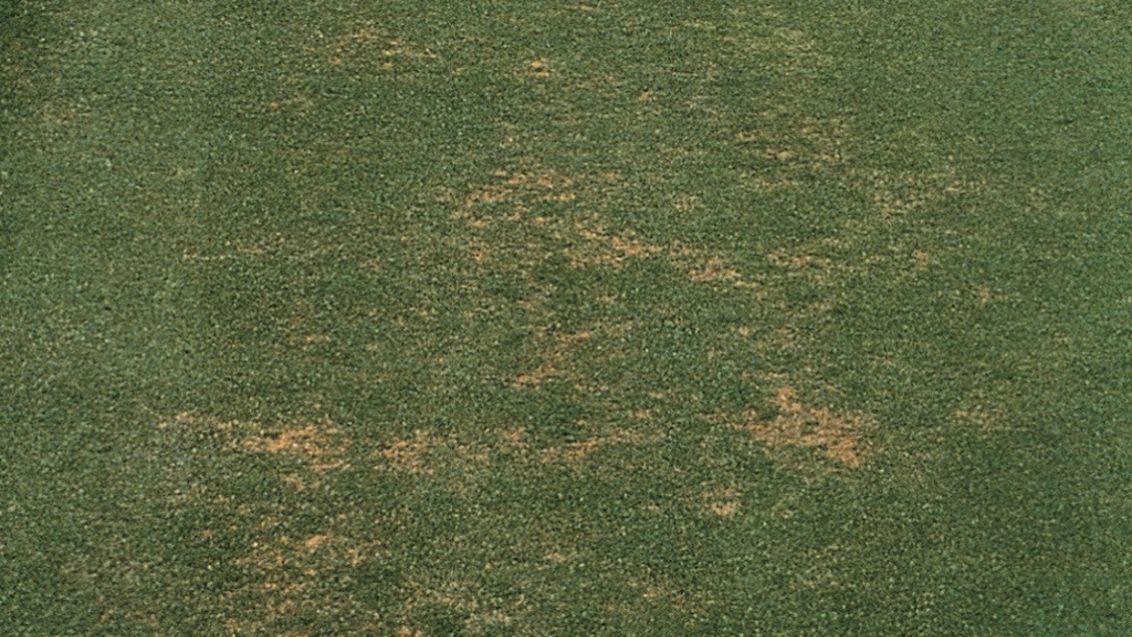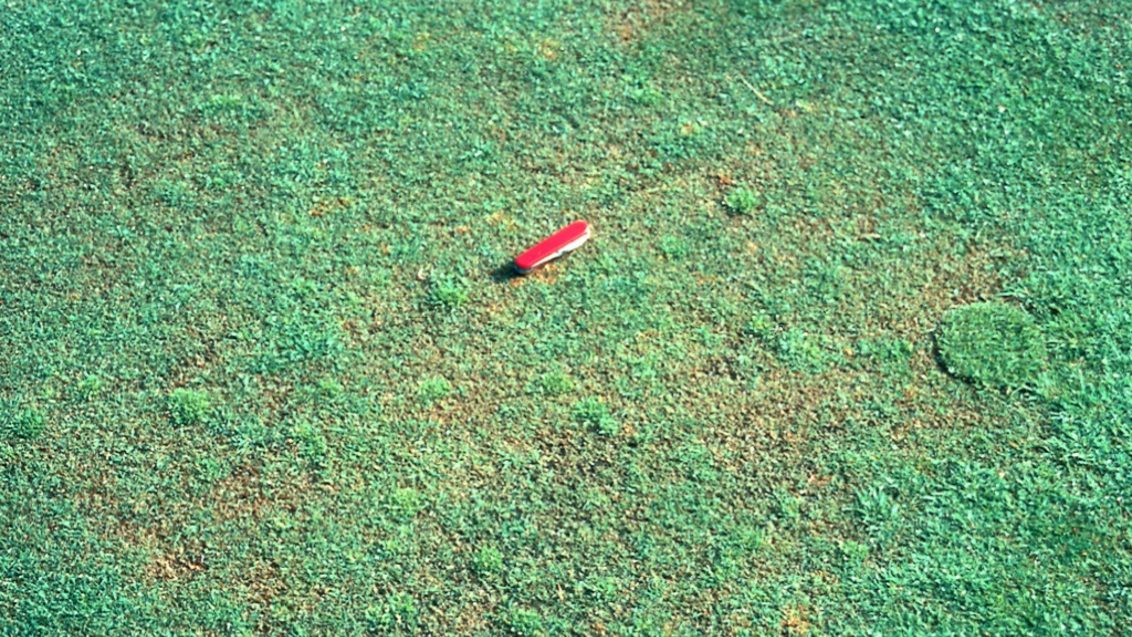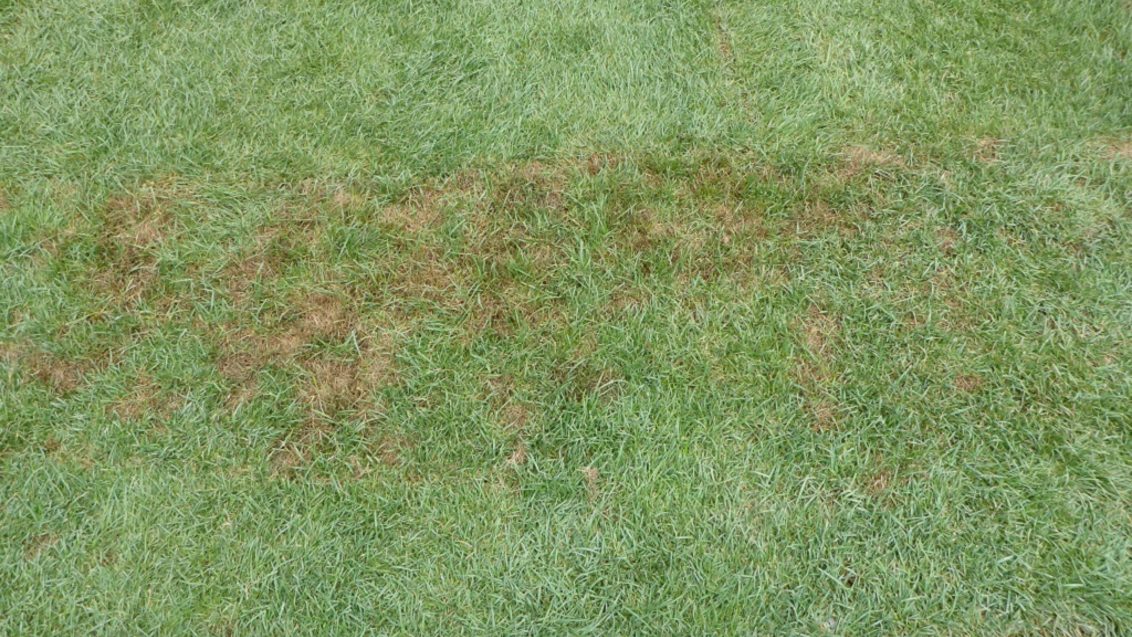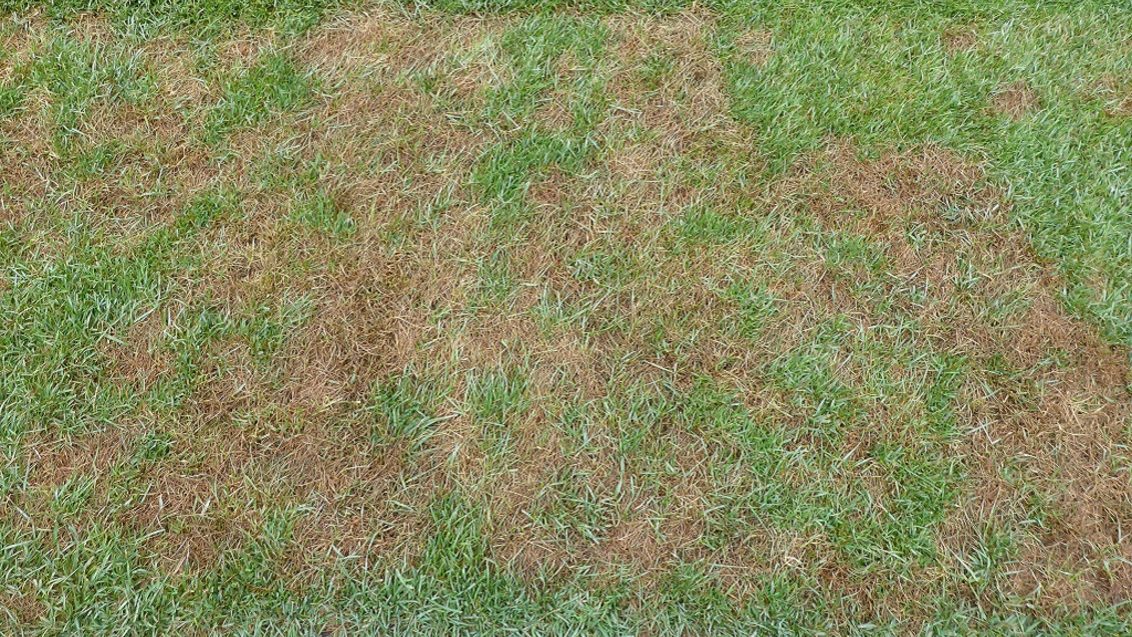Pythium Root Rot
Pythium spp.
Disease of Foliage and/or Roots
Susceptible Turf
Mature cool and warm season grasses
Symptoms
- Affected turf may appear thin, off colour and slow growing.
- This may occur in small patches or as a general decline and loss of large turf area.
- Under cool, wet conditions symptoms may first appear as small, diffuse yellow patches of turf 4 to 7 cm in diameter.
- As temperatures rise, large areas of turf may wilt, turn brown and die.
- In severely infected plants, crowns may appear water-soaked and root systems are greatly reduced in volume and vigour.
- Roots and crown may be extensively discoloured.
- No foliar mycelium is evident during infection.
Conditions Favouring Disease
- Hot days (30°C - 35°C), humid or rainy weather when night temperatures are warm (above 20°C).
- Relative humidity exceeding 90% for at least 14 hours and a minimum temperature not falling below 20°C.
- Pythium Root Rot occurs in areas with high soil moisture, poor drainage and low light.
- Areas with low mowing height and excessive wear.
Management Tips
- Water early in the day.
- Water infrequently and deeply.
- Removal of excessive thatch.
- Do not over fertilise turf with nitrogen.
- Avoid mowing during moist, hot weather.
- Promote good light penetration into the turf canopy.
- Increase air circulation to speed the drying process of the turf.
General Comments
Pythium Root Rot is common on highly maintained turf, such as golf course and bowling greens. Although symptoms of Pythium Root Rot are typically non-distinctive, this disease can appear as yellow, irregularly shaped patches.




